| comments |
A majority of Cedusa look very similar externally, appearing bluish overall. The only way to make a positive ID for many of the species at this point is to examine the genitalia of the males. Therefore, a male specimen is necessary for many species' identifications. Detailed, clear photographs of the male underside showing the genitalia can also be helpful, and perhaps the hope is that after observing enough specimens of a particular species, there may be slight external features that can be associated with an ID. |
Species Photo Gallery for Cedusa obscura No Common Name |
 | Photo by: Kyle Kittelberger, Paul Scharf
Dare Co.
Comment: grassy, brushy habitat | 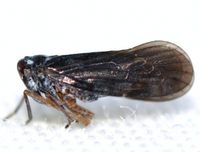 | Photo by: Kyle Kittelberger, Paul Scharf
Dare Co.
Comment: grassy, brushy habitat |
 | Photo by: Kyle Kittelberger, Paul Scharf
Dare Co.
Comment: grassy, brushy habitat | 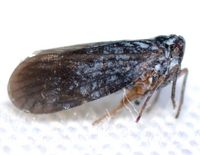 | Photo by: Kyle Kittelberger, Paul Scharf
Dare Co.
Comment: grassy, brushy habitat |
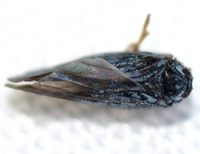 | Photo by: Kyle Kittelberger, Paul Scharf
Dare Co.
Comment: grassy, brushy habitat | 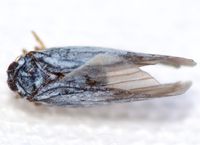 | Photo by: Kyle Kittelberger, Paul Scharf
Dare Co.
Comment: grassy, brushy habitat |
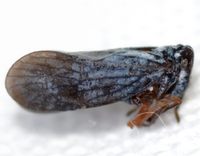 | Photo by: Kyle Kittelberger, Paul Scharf
Dare Co.
Comment: grassy, brushy habitat |  | Photo by: Ken Kneidel
Mecklenburg Co.
Comment: This female was caught in the same sweep with a Cedusa obscura male, so it's likely this is also C. obscura. Habitat was an open, weedy, marsh. |
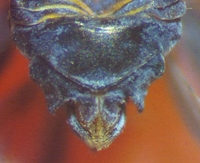 | Photo by: Ken Kneidel
Mecklenburg Co.
Comment: This female was caught in the same sweep with a Cedusa obscura male, so it\'s likely this is also C. obscura. Habitat was an open, weedy, marsh. | 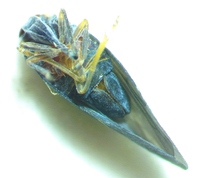 | Photo by: Ken Kneidel
Mecklenburg Co.
Comment: 4.1 mm, caught in a sweep through an open, weedy, marsh |
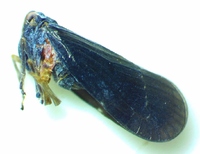 | Photo by: Ken Kneidel
Mecklenburg Co.
Comment: 4.1 mm, caught in a sweep through an open, weedy, marsh |  | Photo by: Ken Kneidel
Mecklenburg Co.
Comment: 4.1 mm, caught in a sweep through an open, weedy, marsh |
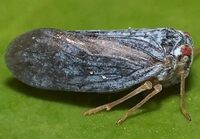 | Photo by: Rob Van Epps
Mecklenburg Co.
Comment: Caught sweeping in a weedy woodland edge. | 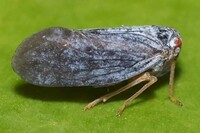 | Photo by: Rob Van Epps
Mecklenburg Co.
Comment: Caught sweeping in a weedy woodland edge. |
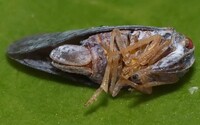 | Photo by: Rob Van Epps
Mecklenburg Co.
Comment: Caught sweeping in a weedy woodland edge. |  | Photo by: Rob Van Epps
Mecklenburg Co.
Comment: Caught sweeping in a weedy woodland edge. |
 | Photo by: Rob Van Epps
Mecklenburg Co.
Comment: Caught sweeping in a weedy woodland edge. |

 »
»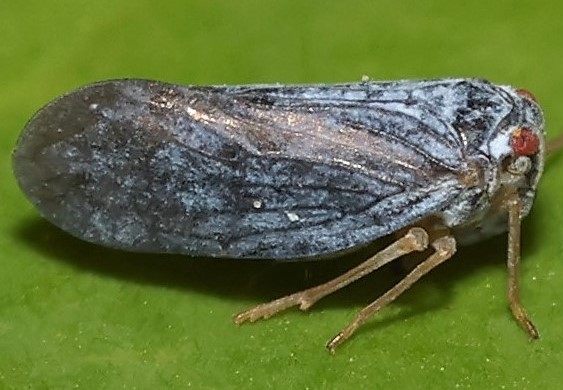

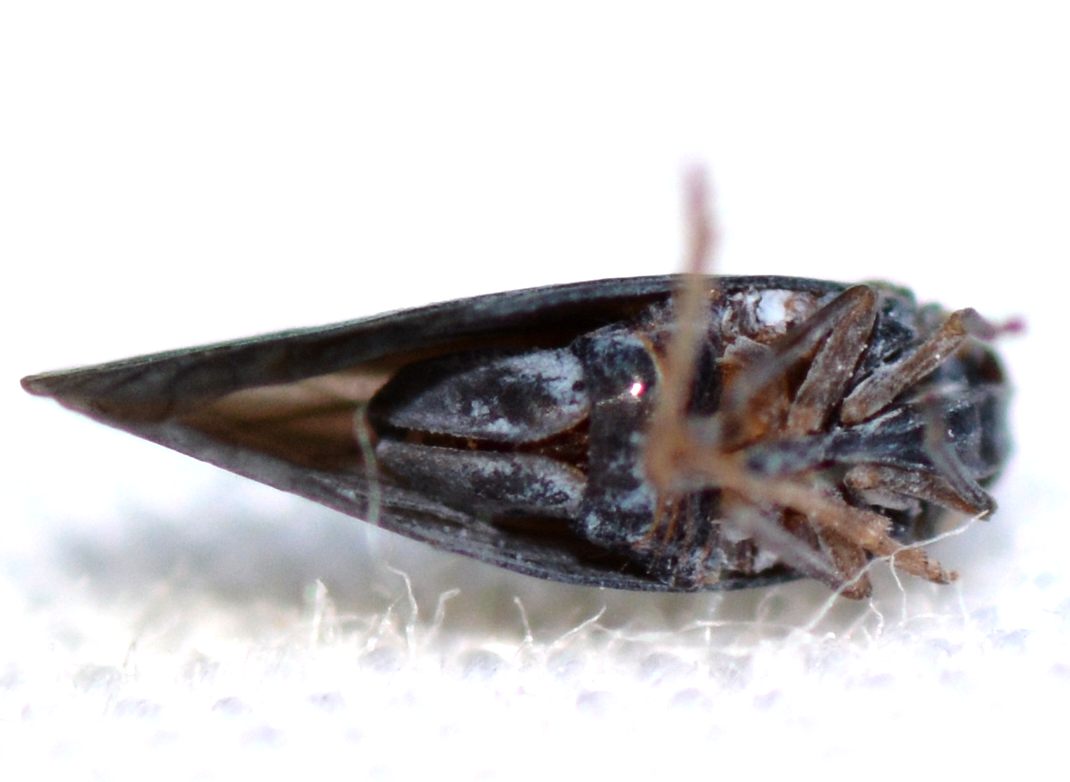


 »
»


